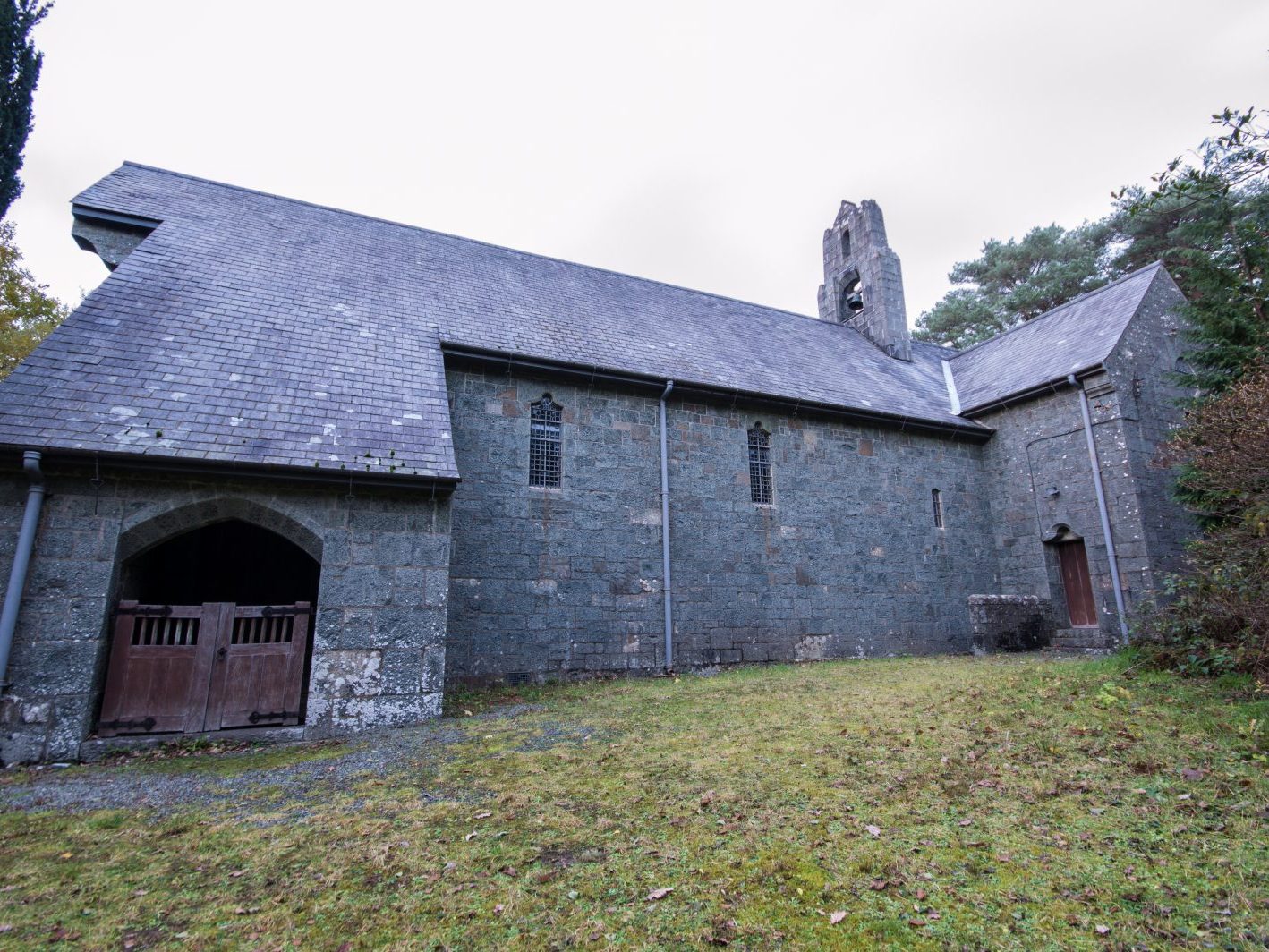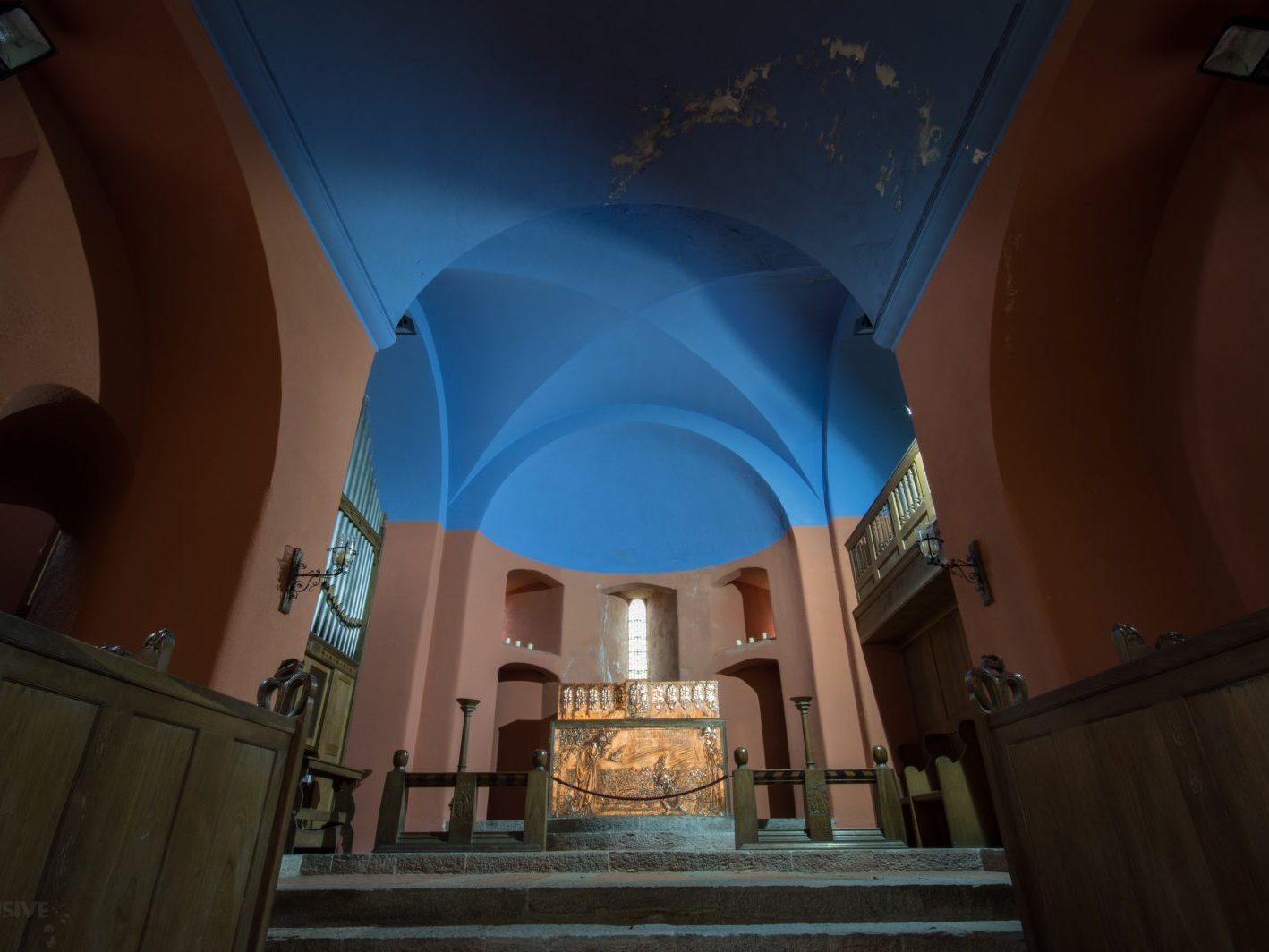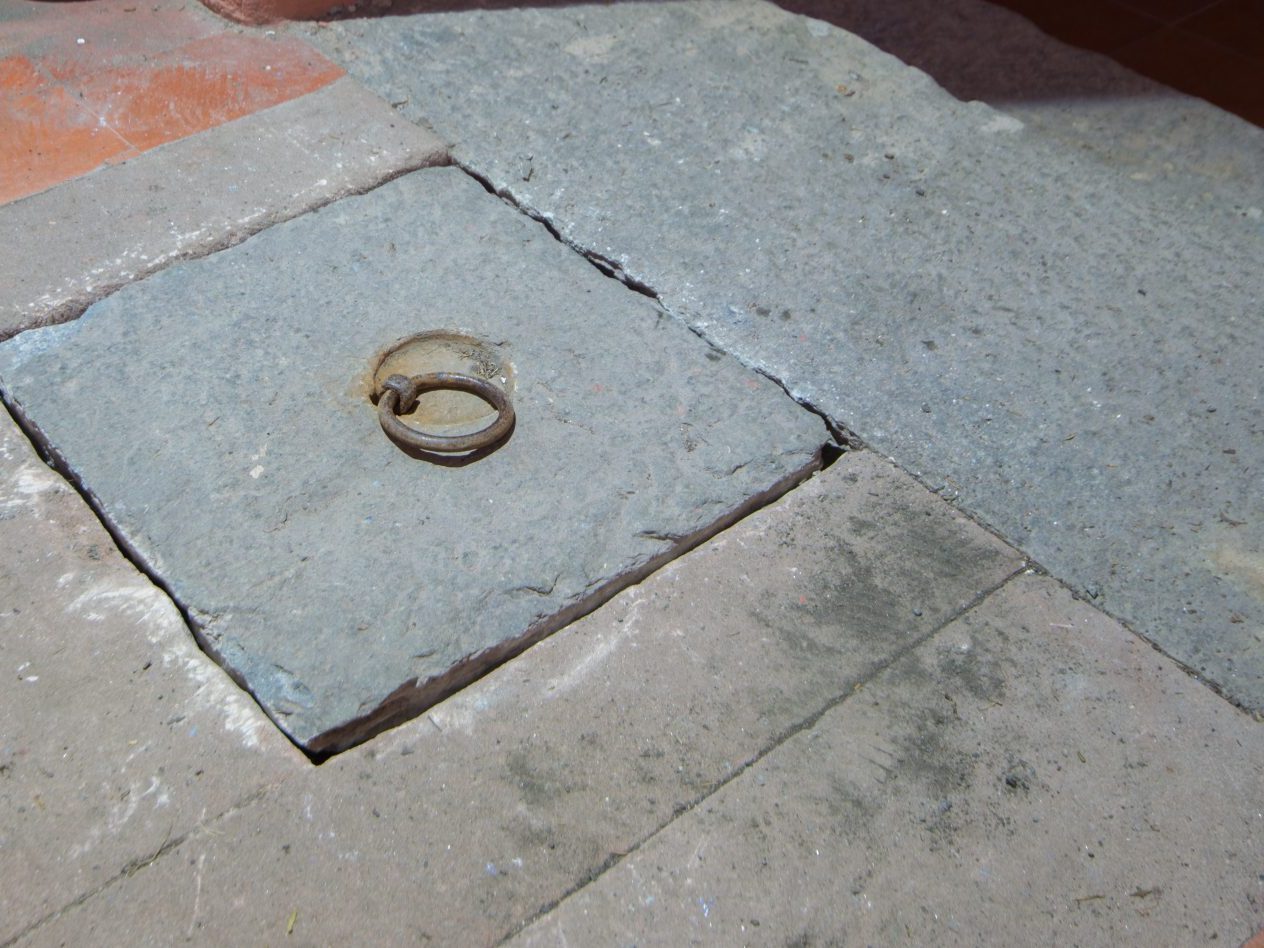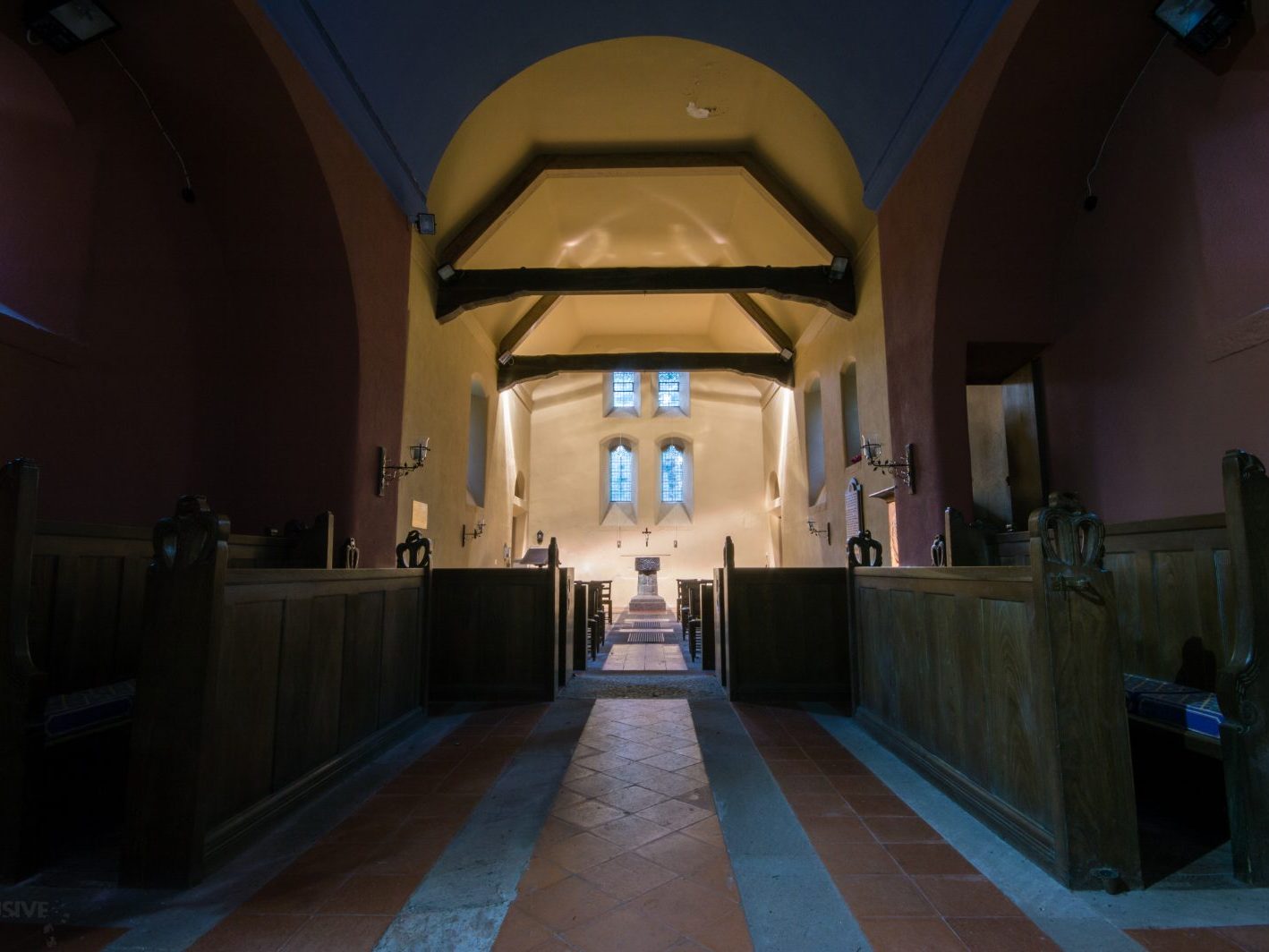Had a recent trip to wales; It is such a beautiful country a place I will always go no matter what the weather or what time of year! This place feels like a little piece of the mediterranean! I was pretty shocked to see the inside of it, Its not your average church thats for sure!
Brithdir church is a glorious rarity – an ‘Arts & Crafts’ church in Wales. Built 1895–8 for LouisaTooth (née Edwards), in memory of her second husband Charles, founder and Chaplain of St Mark’s
English church in Florence. Her first husband, Richard Richards of Caerynwch, bequeathed her lands in Merionedd: so Louisa was rich enough to build as she pleased. Her architect was Henry Wilson (1864–1934), Editor of the Architectural Review 1896–1901, and Master of the Art-Workers’ Guild 1917. After Brithdir he enriched the interior of St Bartholomew’s, Brighton with Byzantine marble- and metal-work (1898–1911); and designed the metalwork at Holy Trinity, Sloane Street, “the Cathedral of the Arts & Crafts” according to John Betjeman. Wilson later turned to jewellery and silverwork.Wilson had in mind “those delightfully simple churches just south of the Alps”. But construction was in the hands of Mrs Tooth’s agent, Mr Williams, and “he knows no more of building than a cat.” Wilson wanted the exterior stone left ruggedly rough – but Mr Williams would not believe his instructions, and made it smooth! Nonetheless, as Wilson hoped, it emerged “a simple beautiful setting to a simple beautiful altar.” He felt “the chief merit of Brithdir is that it is personal… what is done at Brithdir must live, because it has come out of my own life.”
The church came to the Friends in 2005. The Friends carried out repairs and did some internal decorations in 2008. The building is now available for visitors to enjoy, and for occasional services to take place. It is listed Grade 1. The church today Exterior Powerful and severe in dark local stone: “as if it had sprung out of the soil.” The plan is “long-waisted”: under-stated transepts and no aisles.
A large simple cross in low relief under a canopy dominates the west wall. No extraneous carving, and windows few and with little tracery. The gutters are held in place with playful heart-shaped stays.
Interior The colour scheme of terracotta chancel and yellow-cream nave is – it seems– the reverse of Wilson’s original proposal!The font is to a design by Wilson, modelled by Arthur Grove (like Wilson, he started as an assistant to John Dando Sedding), and cast by William Dodds, master plumber. The memorial plaque to Charles Tooth (with its St Mark’s lion) was meant to go in the porch.
The doors are inlaid with teak, ebony and abalone shell. The pulpit carries a Latin text (Jeremiah 1: 17): ‘Gird up thy loins, arise, and speak unto them all that I command thee.’
The choir benches and altar rails were carved by Trasks of Norton-sub-Hamdon with animals aplenty – kingfisher,
squirrel, rabbits, mice, owl and tortoise. “SM” signifies St Mark.
The altar frontal was cast by Wilson himself. (Or perhaps “chased” – the handwritten record is unclear.) The lettering– added last – is repoussé (hammered out from behind).
“The [boy] model who sat for the child angel was so restless that the sittings had to be indefinitely multiplied,”
Odd, then, that the figure does not show its face, and looks rather girlish. The main text means “Hail, full of grace, the Lord is with thee, blessed art thou amongst women”.
The windows are – as often with Wilson – uncoloured, but expressively leaded in geometric patterns. Wilson intended and designed a rood beam, but it was never installed.
http://friendsoffriendlesschurches.org.uk/wp-content/uploads/2018/03/Brithdir-Church-Leaflet.pdf































